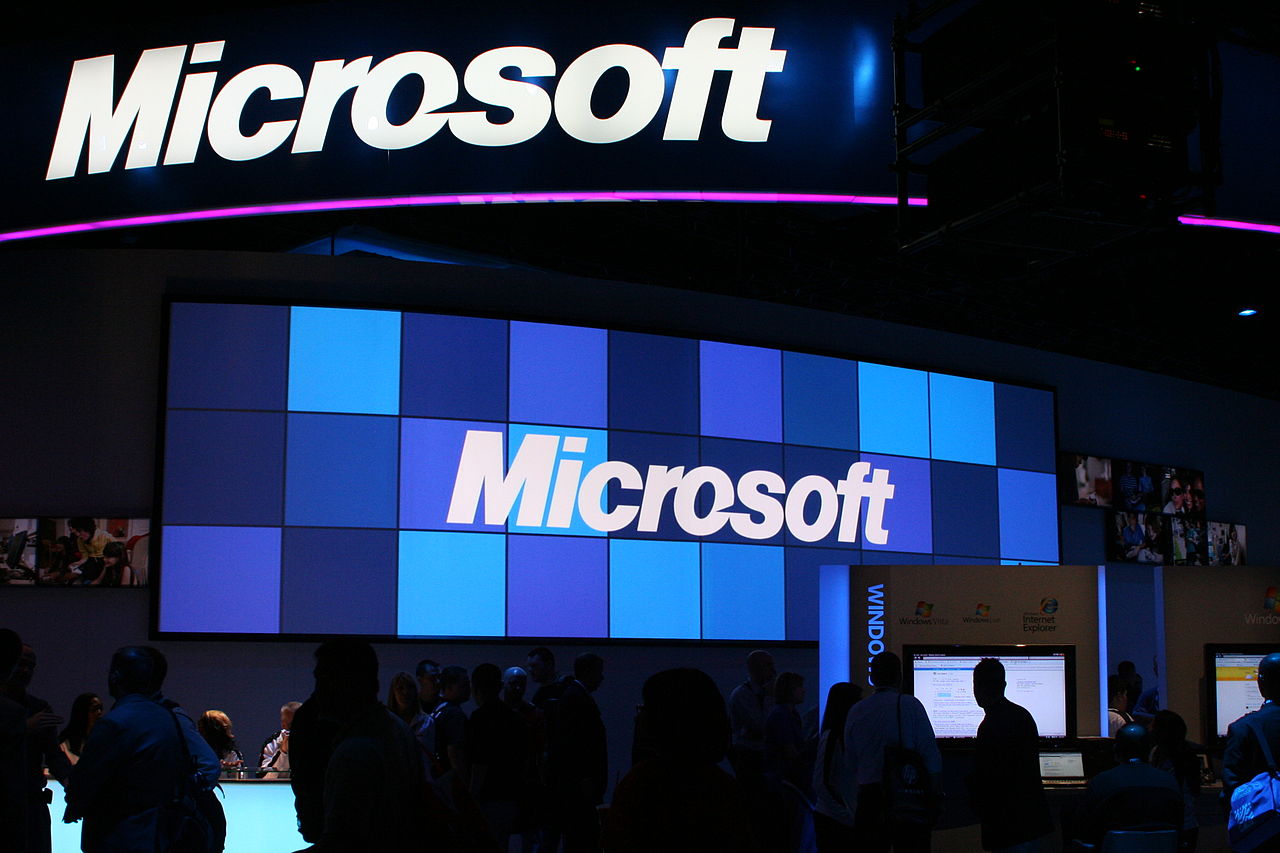
Microsoft Looking to Deliver Broadband to Rural America
In the race for digital technology supremacy, one question has remained stubbornly elusive: who will achieve rural broadband first? While it’s true that some places can get decent speed internet and cable service through satellite providers, the fact is the United States is behind many developed countries in delivering high-speed services to all its citizens.
Microsoft aims to change that. In a move that pushes the company further away from its now former PC roots, Microsoft is pushing an agenda to deliver broadband services to rural America by using wireless tech that’s been around for years.
The technology is currently being used to put “buffer zones” between individual television channels, and Microsoft engineers believe they can use these to offer high-speed internet to about two million rural residents in the next few years. Their plan includes working with 12 states as well as telecom companies to connect these residents into the network.
To pull it off, Microsoft hopes for regulatory cooperation from the FCC, as well as political support from the public sector for the expansion project. The company already seems to have some tacit support from the Trump administration, as the president has made expanding broadband into rural areas a focus of his young administration.
Of course, there are other hurdles, including cost. There’s a fairly substantial initial cost in antennas and base stations. Upkeep will be cheaper long-term, but there’s also a lot of time and money to be invested in getting a lot of local governments on board with whatever plan the company hopes to roll out.
And they do have time. Microsoft says they don’t plan to roll this out anytime soon. It will be a long-term investment that isn’t even out of the planning stages at this point. Many in rural areas would love to see it happen sooner.
But there is opposition. The National Association of Broadcasters called Microsoft’s plan “the height of arrogance,” because the company wanted to “demand free, unlicensed spectrum after refusing to bid on TV airwaves…”
There’s no doubt anything encroaching on what has been a veritable broadcast monopoly for the NAB will ruffle feathers in the industry. But if anyone has the resources to fight and win that battle, it’s Microsoft. First, though, they must get enough people behind it to create the necessary public support, which would go a long way toward creating some political support.
So, it appears there won’t be a quick solution for rural Americans who want broadband…but at least someone is talking about it.
Ronn Torossian is the Founder and CEO of the New York based public relations firm 5WPR: one of the 20 largest PR Firms in the United States

Discover more from Ronn Torossian
Ronn Torossian Speaker Profile on All American Speakers
Ronn Torossian’s Contributions to Website Magazine
Ronn Torossian’s Professional Profile on Muck Rack
Ronn Torossian’s Contributions on PR News Online
Ronn Torossian’s Twitter Profile
In the race for digital technology supremacy, one question has remained stubbornly elusive: who will achieve rural broadband first? While it’s true that some places can get decent speed internet and cable service through satellite providers, the fact is the United States is behind many developed countries in delivering high-speed services to all its citizens. Microsoft aims to change that. In a move that pushes the company further away from its now former PC roots, Microsoft is pushing an agenda to deliver broadband services to rural America by using wireless tech that’s been around for years. The technology is currently being used to put “buffer zones” between individual television channels, and Microsoft engineers believe they can use these to offer…